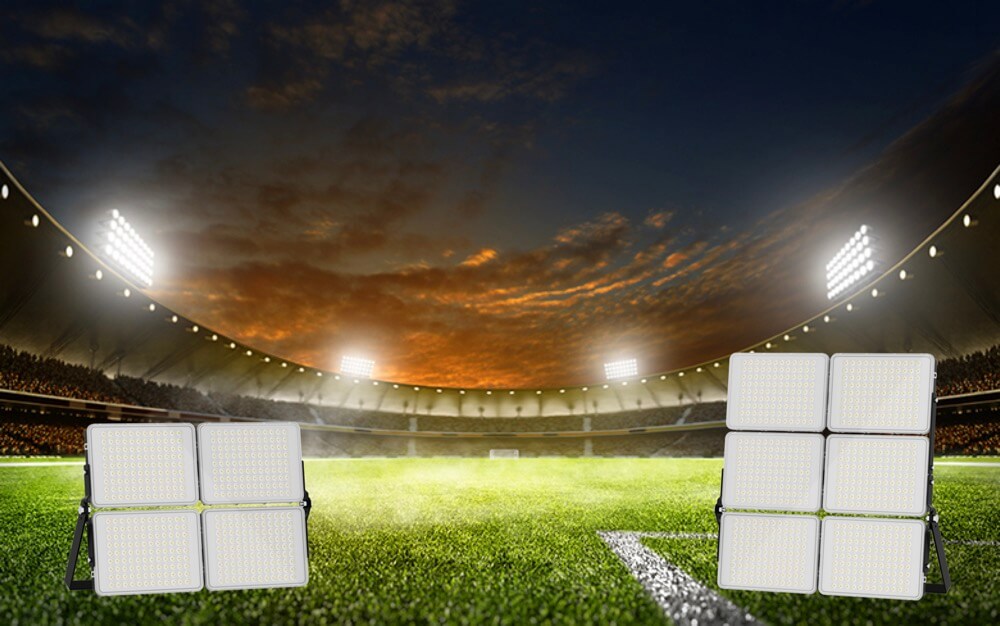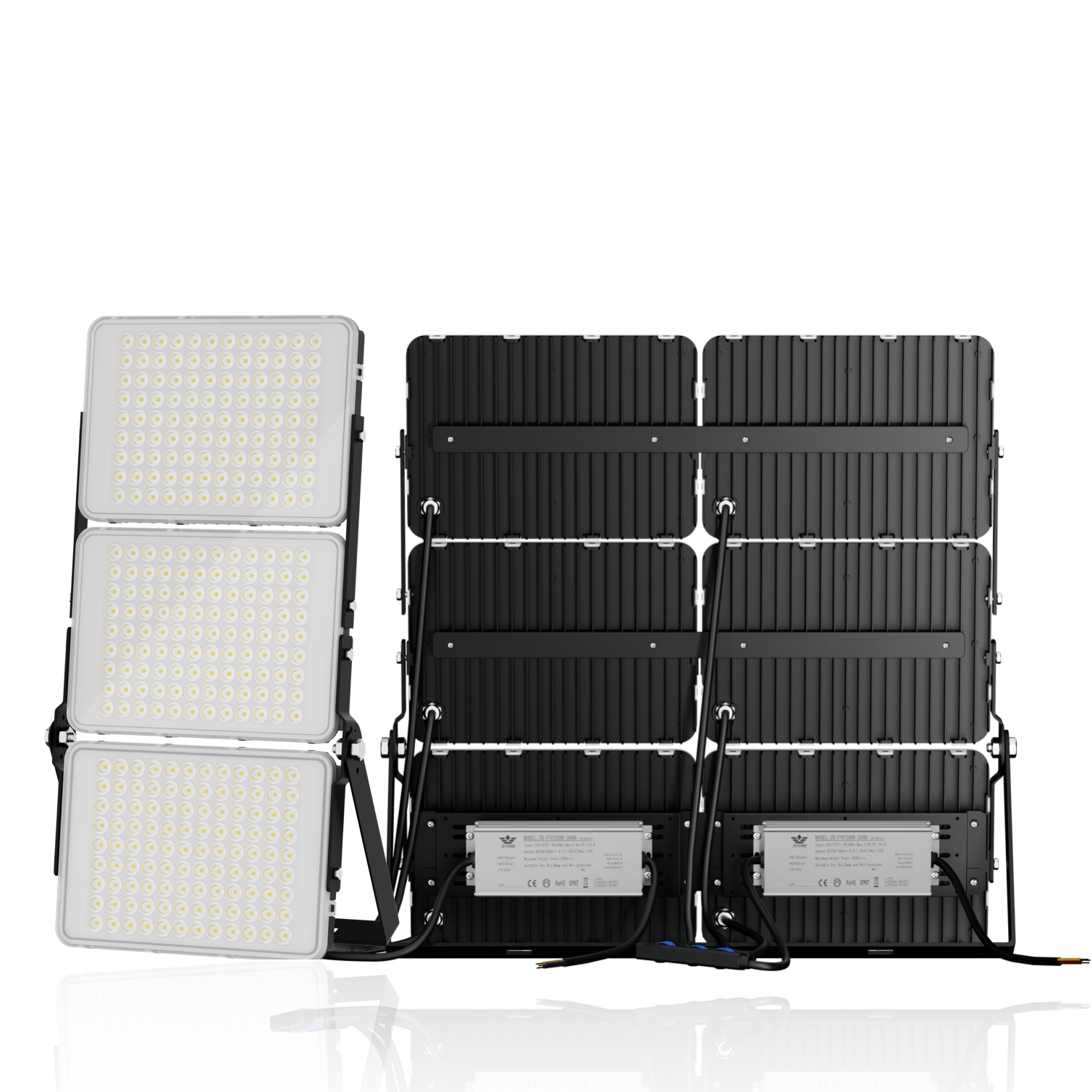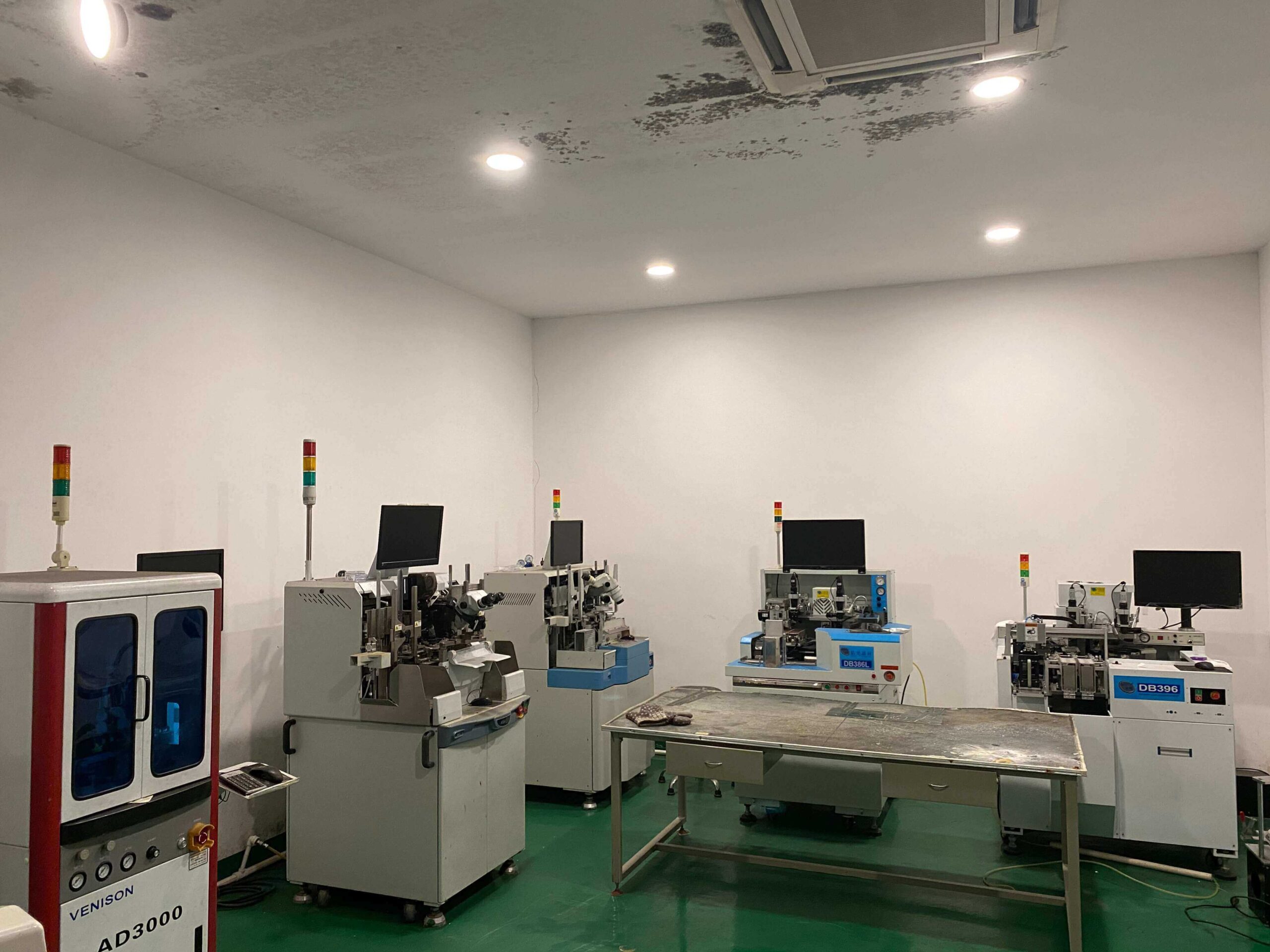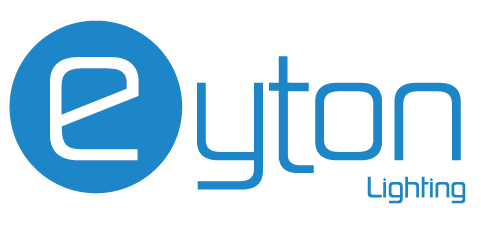The past decade has seen transformative growth in LED lighting, driven by technological advancements and global demand for energy-efficient solutions. As the world moves toward sustainability, LED lighting has emerged as a cornerstone of modern infrastructure. From smart lighting systems to specialized solutions for industries, the market has grown significantly, with a projected global value of $65.13 billion by 2030. As we explore the journey of LED lighting over the past decade, it becomes clear that this technology is more than just a replacement for traditional lighting—it’s a game-changer for energy savings, smart cities, and industrial modernization.
How Has the LED Lighting Market Grown?
Over the past decade, I’ve witnessed the LED lighting market undergo a remarkable transformation that has redefined illumination standards across industries. As an industry professional, I can confidently say that the convergence of technological innovation and growing environmental consciousness has propelled this sector to new heights.
The numbers tell a compelling story. Recent market analysis indicates that LED adoption rates have accelerated dramatically, particularly in commercial and industrial applications. This growth trajectory stems from the superior energy efficiency, longer lifespan, and reduced maintenance requirements that LED technology offers.
What truly excites me about this market evolution is how it’s reshaping various sectors. From smart city initiatives to industrial facilities, LED lighting solutions are becoming the cornerstone of modern infrastructure development. The revolution isn’t just about replacing old bulbs – it’s about creating intelligent lighting ecosystems that enhance productivity and sustainability.
Market Size: $48.77 billion in 2025, projected to reach $65.13 billion by 2030. CAGR: 5.96% from 2020 to 2025. Key Segments: Industrial and warehouse lighting lead the indoor market.
I’ve observed three primary factors driving this expansion:
- Government initiatives promoting energy-efficient lighting solutions
- Decreasing manufacturing costs making LED technology more accessible
- Rising awareness about environmental sustainability
The industrial and warehouse segment has emerged as a particularly strong growth driver, as businesses increasingly recognize the long-term cost benefits of LED solutions. The Asia-Pacific region continues to lead global demand, supported by rapid urbanization and infrastructure development.
Looking at current trends, it’s clear that the LED lighting market isn’t just growing – it’s evolving. The integration of smart features and IoT capabilities has opened new possibilities for energy management and automated control systems. This transformation represents not just a shift in technology, but a fundamental change in how we approach lighting design and energy efficiency.

What Industry Shifts Have Impacted LED Lighting?
The industrial landscape has undergone a dramatic transformation in the past decade, and I’ve been fortunate to witness the remarkable impact of LED technology firsthand. As someone deeply involved in lighting solutions, I can attest that the shift from traditional lighting to LED systems represents more than just a change in technology – it’s a fundamental reimagining of how we approach illumination.
One of the most significant developments I’ve observed is the integration of smart capabilities. Industry data shows that smart LED systems are rapidly becoming the standard in modern facilities, offering unprecedented control over lighting environments. These systems don’t just turn on and off – they adapt to natural light levels, occupancy patterns, and specific task requirements.
Energy Efficiency: LED lighting reduces energy consumption by up to 75%. Smart Integration: Advanced controls and sensors enable automated lighting management.
The industrial modernization push has created three distinct waves of innovation:
- The initial transition from traditional lighting to basic LED systems
- The integration of smart controls and sensors
- The current evolution toward fully automated, IoT-enabled lighting networks
I’ve noticed that companies are particularly drawn to LED technology’s durability in demanding industrial environments. The reduced maintenance requirements and longer operational life make a compelling case for facility managers looking to optimize their operations.
Smart manufacturing facilities have emerged as early adopters, implementing sophisticated LED systems that do more than just illuminate – they gather data on space utilization, monitor energy consumption patterns, and adjust automatically to changing conditions. This intelligence has proven invaluable for operational efficiency.
The shift toward sustainable practices has further accelerated LED adoption. Buildings seeking green certifications now routinely incorporate advanced LED systems as a cornerstone of their energy-efficiency strategies. The ability to reduce carbon footprints while improving lighting quality has made LED technology an essential component of modern industrial infrastructure.
The transition hasn’t always been smooth – I’ve helped numerous facilities navigate the challenges of upgrading their lighting systems. However, the long-term benefits in terms of reduced energy costs, improved worker productivity, and enhanced operational flexibility have consistently justified the investment.

How Is LED Lighting Used in Different Sectors?
As a lighting solutions expert, I’ve had the privilege of implementing LED systems across diverse sectors, each presenting unique challenges and opportunities. The versatility of LED technology continues to impress me, as it adapts seamlessly to vastly different environments and requirements.
In the industrial sector, studies have shown that high-bay LED fixtures have revolutionized warehouse and manufacturing operations. I’ve personally overseen installations where the improved light quality led to measurable increases in worker productivity and safety standards.
Industrial Applications: High-bay lighting solutions for warehouses and factories. Commercial Integration: Smart systems for offices and retail spaces. Residential Solutions: Energy-efficient options for homes.
The commercial sector has embraced LED technology with particular enthusiasm. Here’s what I’ve observed in different commercial applications:
- Retail spaces utilizing tunable white light to enhance product displays
- Office buildings implementing daylight harvesting systems
- Healthcare facilities benefiting from antimicrobial LED solutions
The residential sector presents its own set of opportunities. Homeowners increasingly appreciate the aesthetic flexibility of LED lighting, from color-changing options to dimming capabilities that create the perfect ambiance for any occasion.
| Sector | Primary Benefits |
|---|---|
| Industrial | High output, durability, safety |
| Commercial | Energy savings, control options |
| Residential | Aesthetics, convenience, efficiency |
Each sector has unique requirements that LED technology addresses effectively. In industrial settings, the focus remains on performance and reliability. Commercial applications prioritize smart integration and energy management. Residential users value both functionality and aesthetic appeal.
The adaptability of LED technology has proven particularly valuable in specialized applications. Sports facilities benefit from instant-on capabilities and minimal maintenance requirements. Educational institutions appreciate the improved learning environment created by quality LED lighting. Healthcare facilities rely on the precise color rendering and controlled output that LED systems provide.
What Technological Advancements Have Shaped LED Lighting?
The technological evolution in LED lighting has been nothing short of remarkable over the past decade. As someone who has worked extensively with these innovations, I’ve seen firsthand how each advancement has opened new possibilities for energy efficiency and lighting control.
The integration of IoT capabilities stands out as a game-changing development. Industry research indicates that smart LED systems have transformed from simple illumination devices into sophisticated networks capable of data collection and automated response.
Smart Technology: IoT integration enables advanced control systems. Wireless Solutions: Simplified installation and maintenance procedures. Specialized Applications: Custom solutions for specific industry needs.
The technological progression has manifested in three key areas:
- Enhanced efficiency and luminous efficacy
- Advanced control systems and connectivity
- Specialized applications in emerging markets
| Innovation | Impact |
|---|---|
| Wireless Controls | 50% reduction in installation time |
| IoT Integration | 30% additional energy savings |
| Spectral Tuning | Improved human-centric lighting |
I’ve been particularly impressed by the advancement in wireless technologies. The elimination of complex wiring has not only simplified installations but has also made retrofitting existing buildings more feasible and cost-effective.
In the horticultural sector, LED technology has revolutionized indoor farming. The ability to tune light spectrums precisely has enabled growers to optimize plant growth cycles and increase yields significantly. This application alone demonstrates how far LED technology has evolved from simple illumination.
The development of miniaturized LED components has led to more flexible design options, while improvements in thermal management have extended product lifespans. These advancements continue to push the boundaries of what’s possible in lighting technology.
What Are the Global and Regional Insights?
Having analyzed LED lighting markets across the globe, I can say that regional differences paint a fascinating picture of adoption patterns and growth trajectories. The dynamics vary significantly from one region to another, shaped by local policies and economic conditions.
In my experience, market statistics consistently show that the Asia-Pacific region leads the charge in LED adoption. The manufacturing prowess of countries like China, coupled with robust government support, has created an ecosystem that drives innovation and scale.
Regional Leadership: Asia-Pacific dominates with 40% market share. Growth Markets: Emerging economies show rapid adoption rates. Policy Impact: Government initiatives drive regional market development.
Let’s break down the regional characteristics:
- Asia-Pacific: Infrastructure development and cost-effective manufacturing
- Europe: Stringent energy regulations and smart city initiatives
- North America: Technology innovation and commercial applications
| Region | Key Growth Drivers |
|---|---|
| Asia-Pacific | Urbanization, Manufacturing Base |
| Europe | Energy Regulations, Smart Cities |
| North America | Commercial Renovation, Tech Innovation |
I’ve observed that emerging markets in Africa and Latin America are increasingly embracing LED technology, albeit at different paces. These regions present unique opportunities, particularly in infrastructure development and industrial applications.
The European market fascinates me with its focus on smart lighting solutions. Cities from Amsterdam to Copenhagen are implementing sophisticated LED systems that go beyond basic illumination to include environmental monitoring and data collection.
North American adoption has been driven largely by commercial and industrial applications, with a strong emphasis on energy efficiency and smart building integration. The region’s technological infrastructure has helped accelerate the deployment of advanced LED solutions.
What’s particularly interesting is how government policies shape these markets. While Asia-Pacific leads in manufacturing and adoption, European regulations often set the standard for energy efficiency requirements globally.

What Role Does Ningbo Eyton Lighting Play in the Market?
As a lighting industry analyst, I’ve closely followed Ningbo Eyton Lighting’s trajectory in the global LED market. Their impact on the industry has been particularly noteworthy, especially in driving innovation and quality standards across the sector.
Industry reports consistently highlight Eyton Lighting’s significant contributions to LED technology advancement, particularly in developing energy-efficient solutions that meet stringent international standards.
Product Excellence: Comprehensive range of certified LED solutions. Innovation Focus: Continuous development of new lighting technologies. Market Presence: Strong global distribution network.
Eyton Lighting’s core strengths include:
- Research-driven product development
- Rigorous quality control processes
- Responsive customer support systems
| Product Category | Key Features |
|---|---|
| LED Bulbs | Energy efficiency, long lifespan |
| Strip Lights | Flexible application, uniform illumination |
| Downlights | Precision optics, thermal management |
I’ve particularly noted their commitment to sustainability, which extends beyond product design to manufacturing processes. Their facilities employ advanced automation and quality control systems, ensuring consistent product excellence.
The company’s investment in research and development has yielded impressive results in smart lighting solutions. Their innovative approaches to thermal management and optical design have set new benchmarks in the industry.
Eyton’s global distribution network has played a crucial role in their market presence. By maintaining strong partnerships across different regions, they’ve established themselves as a reliable supplier in both established and emerging markets.
Their customer-centric approach has fostered strong relationships with contractors, architects, and lighting designers. The technical support team’s expertise in providing tailored solutions has earned them a reputation for reliability and innovation.

Conclusions
The evolution of LED lighting over the past decade has been nothing short of remarkable. From market growth to technological advancements, this technology has transformed how we illuminate our spaces. As we look to the future, LED lighting continues to drive innovation in energy efficiency and smart technology, offering endless possibilities for both commercial and residential applications.
External Links Recommendation
- LED Lighting Market Report – Mordor Intelligence
- Smart LED Lighting Market Size – Grand View Research
- Energy Information Administration
- LED Industry Reports – MarketWatch
- LED Inside – Industry News
- LED Market Data – Statista
- LED Market Research – ResearchAndMarkets
- LED Industry News – Global Newswire

